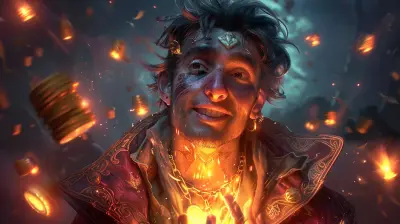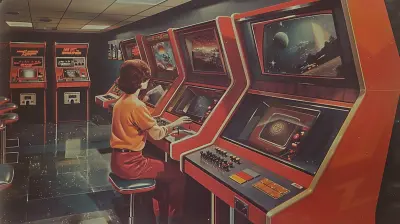Chasing The Myth: Why Legendary Items Are So Addictive
23 August 2025
Let’s be real—if you’ve ever sunk hours into a video game just to get your hands on that one rare piece of gear, you’re not alone. There’s something undeniably magnetic about legendary items in games. They’re flashy, powerful, and sometimes ridiculously over-the-top... but we love them for it.
From the glowing swords in fantasy RPGs to the epic loot drops in looter-shooters, legendary items have become the holy grail of gaming. But what exactly is it that makes them so addictive? Why do we dive headfirst into dungeons, endure endless raids, or grind for hours just to see one drop?
Let’s break it down and dig into the psychology, mechanics, and culture behind legendary loot. Warning: may cause sudden urges to boot up your favorite game and start grinding.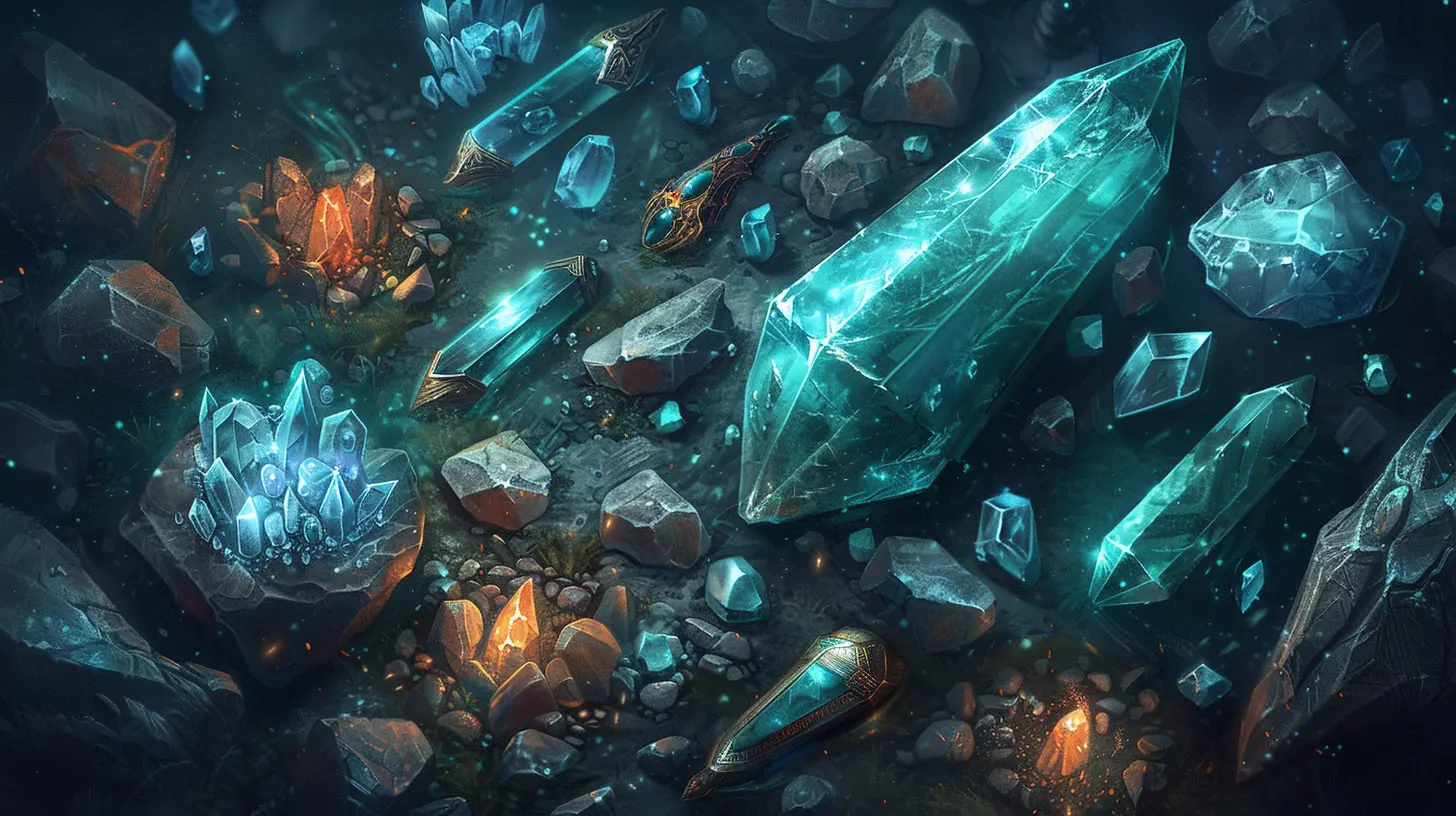
The Power of the “Legendary” Label
First things first—what is a legendary item?In most games, legendary items are the cream of the crop. Whether it's a flaming broadsword, a plasma beam rifle, or a mystical robe that boosts every stat imaginable, these are the items that stand out. They’re usually rare, often unique, and almost always come with game-changing bonuses.
But it’s not just about the stats. The word “legendary” carries weight. It suggests a story, a history, a mythos. When you hear “legendary weapon,” you don’t just think "high DPS"—you think of something epic, something your character was born to wield.
And let’s not ignore the prestige. Holding a legendary item is like wearing a badge of honor. It says, “Yeah, I earned this.” Or sometimes, “Yeah, I got super lucky—but it’s mine now.”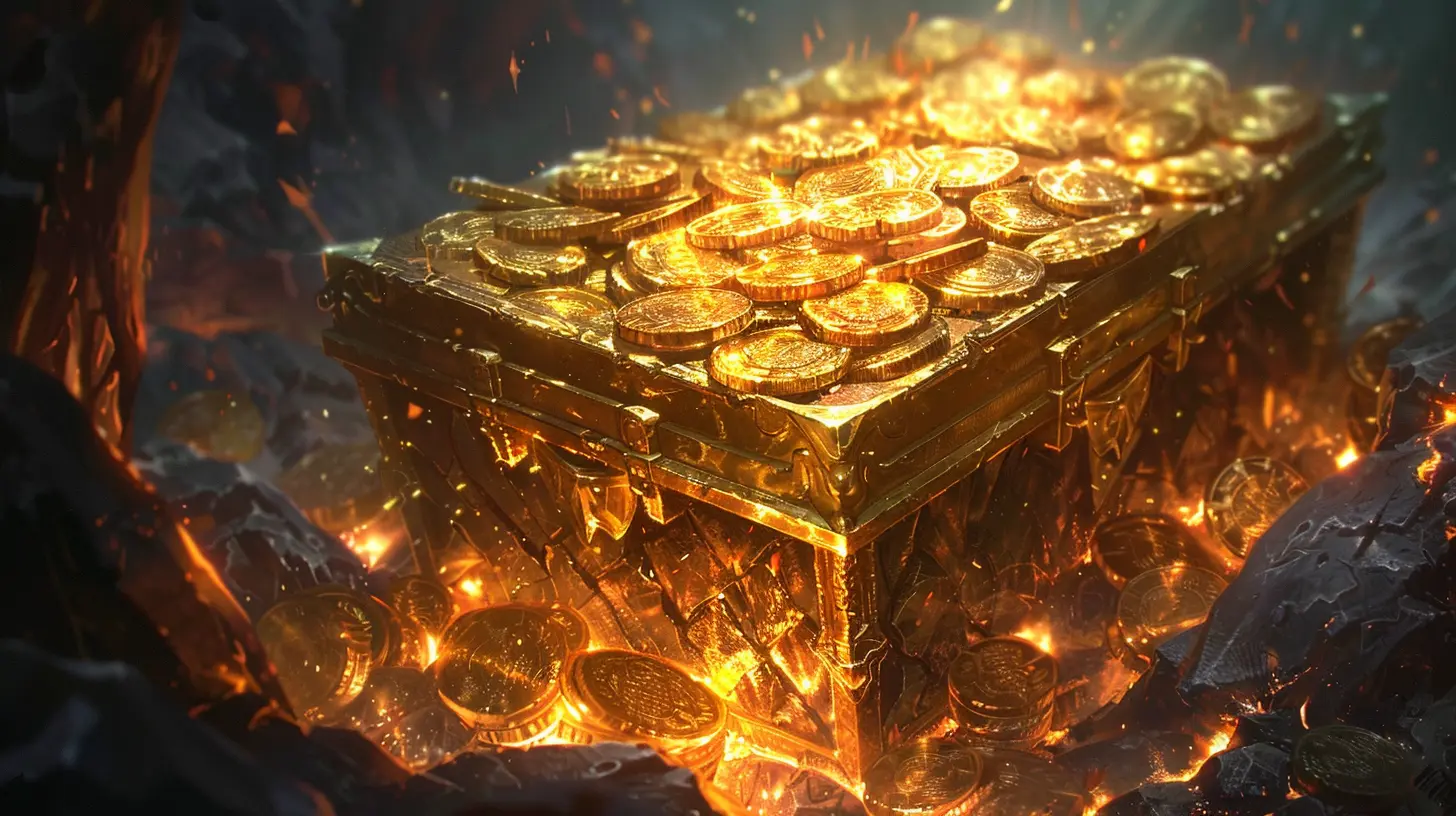
The Dopamine Rush of the Drop
Let’s talk science for a sec. Ever heard of dopamine?Dopamine is your brain’s way of giving you a little pat on the back. It’s the feel-good chemical that gets released when you achieve something—whether it’s beating a tough boss, landing a headshot, or (you guessed it) finding a legendary item.
Games are masters at triggering this reward system. Especially games with loot systems built around random drops. Think Diablo, Borderlands, Destiny—titles where grinding for loot isn't just a side activity, it’s the main activity.
Every time you take down an enemy or open a chest, there’s a chance—just a chance—that you’ll hit the jackpot. That unpredictability? It's like a slot machine wrapped in a fantasy skin. And every now and then, when that dazzling golden beam of light explodes from the loot chest, it’s pure euphoria.
It’s not just pixels. It’s the rush of the unexpected. The thrill of rarity. The sweet, sweet dopamine.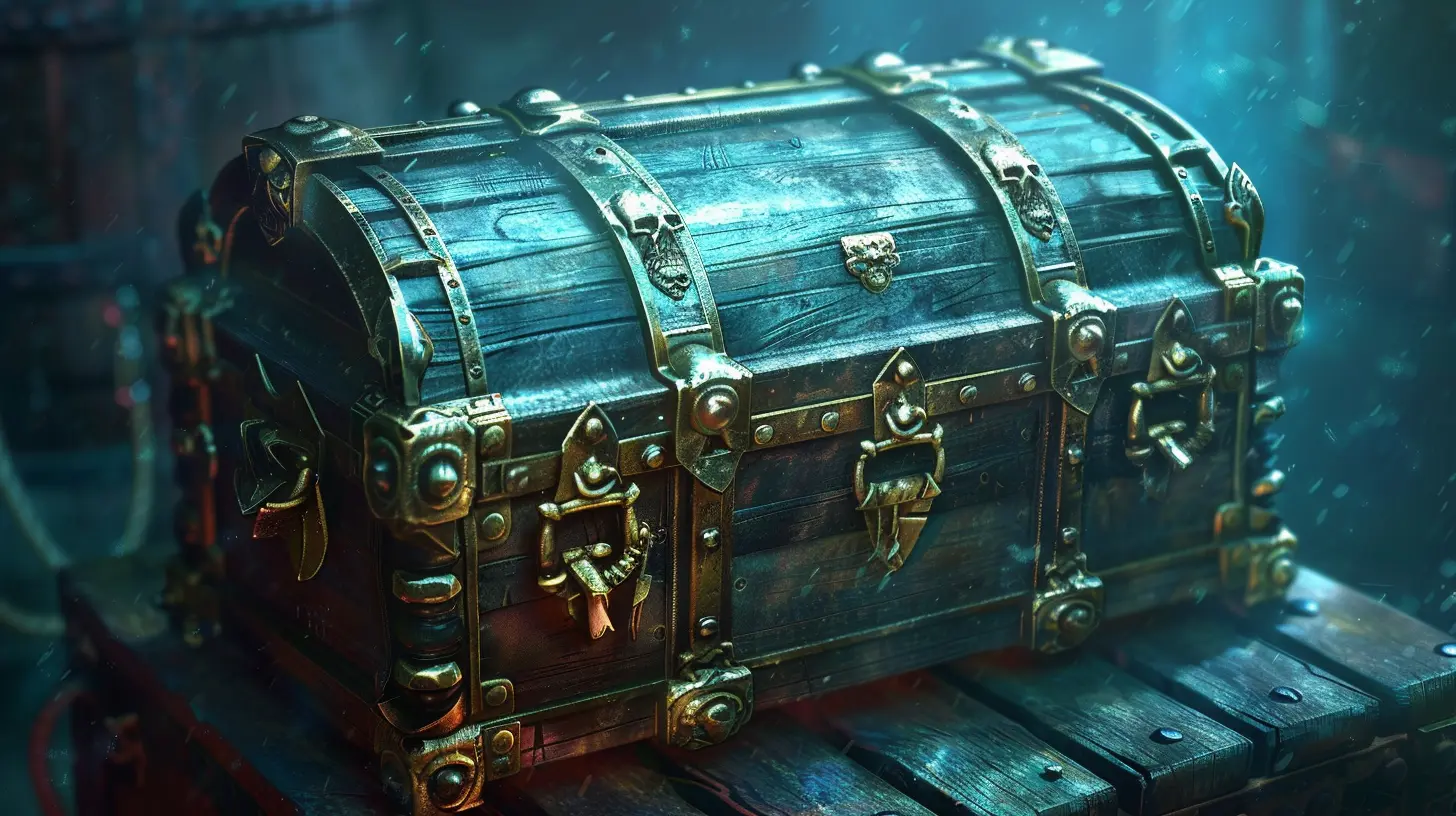
RNG: The Double-Edged Sword
Ah yes, RNG—Random Number Generator. It’s the invisible hand behind almost every loot system. It rolls the dice, determines your fate, and decides whether you’ll get a common pair of boots… or the Sword of Infinite Flames.RNG is a fickle friend. It can bless you with a god-tier drop in your first hour, or make you suffer through 100 failed attempts. And that’s exactly why it works.
There’s a psychological effect called the “variable ratio reward schedule.” It means that when rewards come randomly, they’re more addictive than when they come consistently. It's the same principle slot machines use. You keep playing because the next pull might be the jackpot.
Legendary items, when tied to RNG, become irresistible. Every dungeon run, every raid, every loot box—it could be the one. And that hope is what keeps players coming back.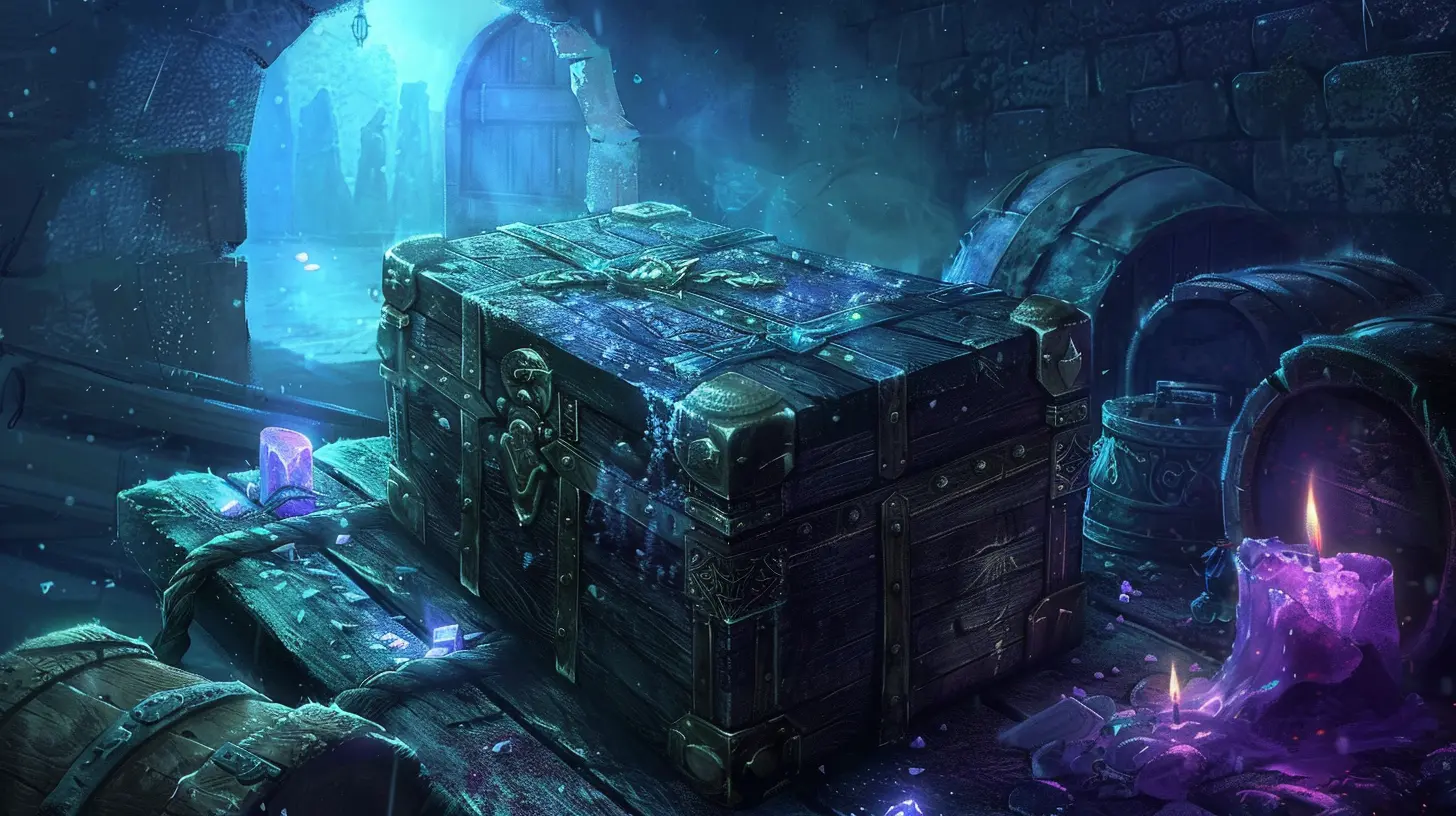
FOMO & Flexing: The Social Side of Loot
Let’s be honest—part of the fun of wielding a legendary item is showing it off.In multiplayer games, legendary gear isn’t just about performance—it’s a status symbol. Got the rare mount that only drops once a year? You better believe people will stop what they're doing to stare at it when you ride by. Wielding a glowing, rune-encrusted sword? That's not just power—that's bragging rights.
This touches on FOMO—Fear Of Missing Out. Events tied to limited-time loot push players to grind harder, stay up later, and play longer than they normally would. Because if they miss out? That item might be gone forever. And that’s a powerful motivator.
When games give you a chance to earn—or luck into—something unique, they’re not just giving you a weapon. They're giving you a way to stand out in a sea of players. And let's face it—we all want to feel special sometimes.
The Fantasy Fulfilled
Every gamer has a dream. Whether it’s becoming an all-powerful wizard, a legendary space marine, or a dragon-slaying rogue, games let us live out epic fantasies we’d never experience in real life.Legendary items play a huge role in that fantasy. They’re the Excalibur to your Arthur. The BFG to your Doom Slayer. These items aren't just tools—they're a reflection of your journey, your growth, your legend.
Think about it. You start out as a fledgling character with a stick and a dream. Hours later, you’re wielding a blade that shoots lightning while summoning ghosts to fight alongside you. That’s not just progression—it’s transformation.
Legendary items give us a visible sense of power. They’re proof that we’ve leveled up—not just on-screen, but in skill, strategy, and perseverance.
Storytelling Through Gear
Some legendary items come with lore attached. They aren’t just “Sword +7.” They’ve got names, histories, and backstories that tie into the world and make the game feel more alive.Take “Frostmourne” from World of Warcraft, “Gjallarhorn” from Destiny, or “The Master Sword” from Zelda. These items aren’t just powerful—they have narratives. Using them connects you to the game world on a deeper level.
When a legendary item has lore, it feels more personal. You’re not just looting gear—you’re uncovering a piece of the world's mythos. And let’s admit it, there’s something magical about that.
Designer Tricks That Reel Us In
Game devs aren’t just slapping fancy labels on high-tier loot. They design legendary items to stand out.Ever noticed how legendary items sparkle more brightly, have unique sounds, or even create animations when you equip them? That’s not by accident. That’s deliberate design meant to make these items feel more rewarding.
And it works. When your new gear glows like it was forged by the gods themselves and makes thunder sounds when you swing it—it feels legendary. Even if it’s just a few extra stats, the presentation makes it feel like a game-changer.
This sensory feedback is crucial to creating addiction. It taps into your senses and reinforces the idea that legendary items are worth chasing.
Progression Meets Payoff
Legendary items often sit at the very top of a game’s loot pyramid. To get them, you usually have to work your way up through all the layers. That sense of progression is key.It’s satisfying to start from scratch and slowly build your way towards something incredible. The more effort it takes, the sweeter the reward feels.
And sometimes, it’s not just effort—it’s teamwork. In MMOs or co-op games, getting legendary loot often requires coordinating with others, timing abilities, and perfecting strategies. When that loot finally drops, it’s not just a win—it’s a shared victory.
That emotional payoff, combined with the sense of growth, makes chasing legendary items feel deeply meaningful.
When The Grind Takes Over
Let’s be clear—while legendary items are thrilling, they can also lead to burnout.We’ve all been there—running the same dungeon for the 37th time, eyes glazing over, just hoping this is the run that finally pays off. When chasing legendary loot becomes a chore instead of a joy, it can start feeling like work.
Some games push players too hard, tying essential progress or endgame content to these rare items. And let’s not even talk about games that lock legendary gear behind microtransactions or gacha systems. Ugh.
But when done right, the grind feels like an adventure. A challenge. A test of will. And when you finally snag that elusive drop? Worth it.
The Never-Ending Pursuit
Here’s the kicker: even when you get your dream weapon, the chase doesn’t stop.Why? Because new expansions drop. Meta shifts. New legendaries are introduced. Your gear that was once god-tier is now just...fine. And just like that, the chase begins again.
But that’s the beauty of it. Legendary items keep us hooked not just because of what they are—but because of what they represent. A continual journey. A reason to dive back in. A new goal on the horizon.
Gaming is full of stories, and legendary loot is often the punctuation mark at the end of a great chapter. Or the start of a new one.
Final Thoughts: Is The Chase Worth It?
So, why are legendary items so addictive?Because they tap into every part of what makes gaming magical. They engage our brains, feed our egos, immerse us in stories, and reward our efforts. They're not just drops—they're dreams in item form.
Every time we start a new game, there’s that little voice in our heads whispering, “What if?” What if this is the run where it drops? What if you find the weapon that changes everything?
And that’s why we keep chasing the myth. Because one drop can change everything.
all images in this post were generated using AI tools
Category:
Legendary ItemsAuthor:

Madeleine McCaffrey
Discussion
rate this article
2 comments
Summer McAndrews
Great article! You perfectly capture the allure of legendary items in gaming. The blend of rarity, nostalgia, and the thrill of the chase truly makes them irresistibly addictive. Looking forward to more insights!
December 1, 2025 at 5:31 PM

Madeleine McCaffrey
Thank you for your kind words! I'm glad you enjoyed the article and connected with the themes. More insights are on the way!
Sawyer McAdoo
This article brilliantly captures the allure of legendary items in gaming. By tapping into our desire for achievement and status, these items create a compelling sense of progression. The blend of rarity, power, and identity reinforces player engagement, making the hunt for these treasures an exhilarating experience.
August 26, 2025 at 2:55 PM

Madeleine McCaffrey
Thank you for your insightful comment! I'm glad you found the allure of legendary items compelling. They truly are a fascinating blend of achievement and identity in gaming.
